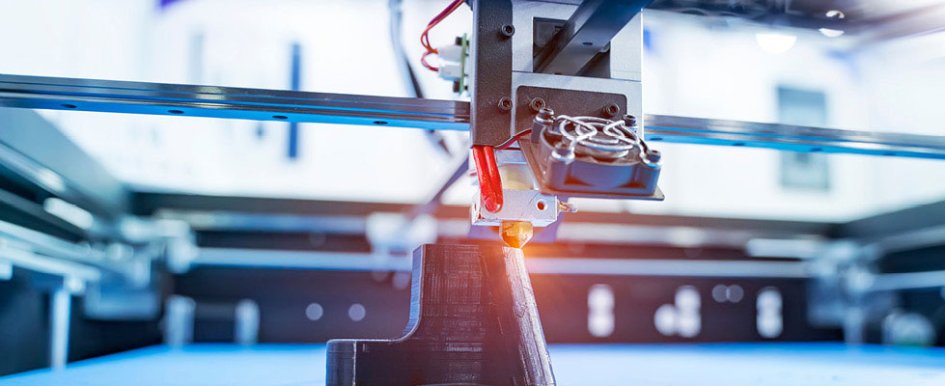
Sustainability is a growing concern for contractors, builders and the construction industry at large. There are dozens of ways to make building a greener, more environmentally friendly enterprise, but the flashiest option may be utilizing 3D printers to create materials with less waste.
3D printing is the process of making three-dimensional solid objects from a digital file. The creation of a 3D-printed object is achieved using additive processes. In an additive process an object is created by laying down successive layers of material until the object is created.
While the technology is most often used on a small scale for individual purposes, more commercial applications are being developed every day.
Construction of small homes with 3D printed materials is already a reality for the industry, if not widespread yet.
Although 3D printing concrete is still a new technology, the potential is there for faster, more affordable and more environmentally friendly construction techniques as the technology continues to progress. However, there are also several challenges for the process that include high costs, regulations and quality control.
The University of Idaho was recently awarded $4 million from the National Science Foundation (NSF) to develop technology for the conversion of wood waste into 3D printing materials.
This research is focused on testing an additive manufacturing process capable of producing modular wall, floor and roof panels printed from the waste byproduct created by traditional manufacturing methods.
In addition to demonstrating the obvious benefits of sustainability, the research is also searching for ways to create more resilient materials. The NSF will fund the university’s research until 2025.
“We’re developing a new composite material using completely bio-based resources on a truly large scale,” said University of Idaho College of Engineering Assistant Professor and Research Lead Michael Maughan.
“With this technology, houses and commercial buildings can be made entirely differently. We can push past climate change, mitigate impact on our environment and make better use of the natural resources we have.”
According to the U.S. Energy Information Administration, 60% of global waste is produced from the construction sector. With unique carbon sequestration potential, this new 3D-printed material is expected to reduce that significantly, Maughan said.
Construction Business Owner (CBO) spoke with Maughan to find out more about his research and the impact that 3D printing will have on the construction industry at-large, especially as supply and materials issues are projected to last well into 2022.
CBO: Tell us about your research into 3D-printed materials for construction.
MM: About two years ago we received a seed grant from the state of Idaho to start studying wood 3D printing for building construction applications. There has been very little work in this area, so we were basically starting from scratch.
The goal is to produce 3D-printed wall panels that can be transported to a construction site for rapid assembly. We have developed a new formulation wood composite that has similar/better strength and stiffness compared to medium-density fiberboard (MDF) that can be printed.
We have developed a printer machine that can produce 2-foot by 2-foot walls as a demonstration of the technology. We’re currently fine-tuning the resin system and extrusion process.
CBO: Why is it important to make construction more sustainable?
MM: There are several reasons why, the first is that there is potentially a lot of waste in wood production.
Using that material for valuable products is important because it locks up the carbon, keeping it out of the atmosphere.
Second, we hope that we can make building construction more affordable for homebuyers and safer for the people who make the buildings. Finally, instead of landfilling the materials at the end of life of a house, one of our goals is also to understand how we can reuse the materials to create a circular economy for building.
CBO: Do you think 3D printing is the future of construction? Will it become the norm?
MM: I think it will play more and more of a role in the future. Obviously, it’s not going to be an overnight change, but certainly automation and free-form type fabrication will play a major role at some point. We have people on our team looking at the architecture of 3D printing with wood to address how designs might change as technology changes.
CBO: How will your research impact or reduce the materials shortages currently faced by
the industry?
MM: We are trying to use a lot of the waste and products from smaller trees, branches, etc., that wouldn’t normally be used to make dimensional lumber. Every little bit can help with supply.
